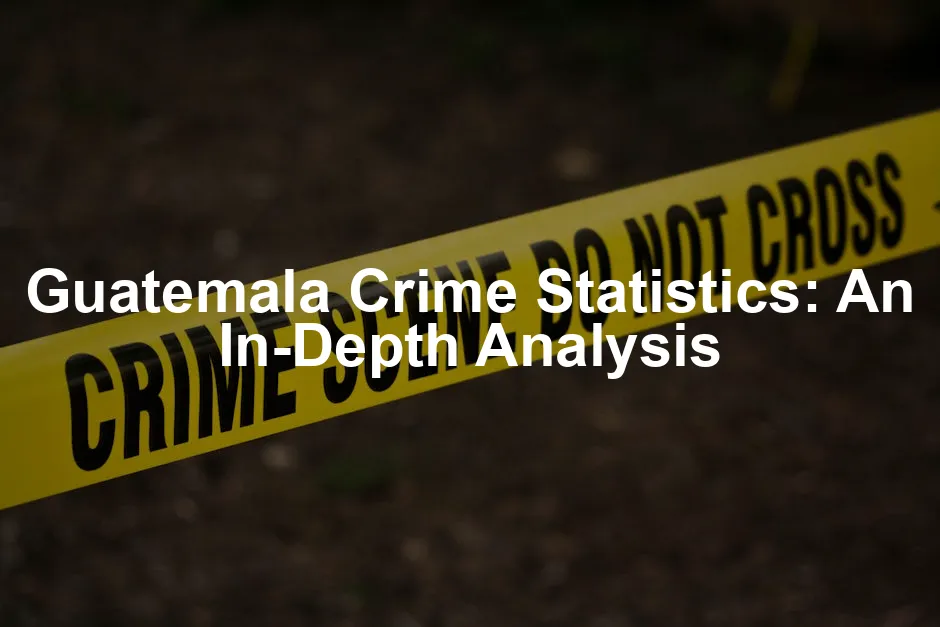Introduction
Guatemala’s crime statistics paint a troubling picture. The country struggles with alarmingly high murder rates, making it one of the most dangerous places in Central America. Recent figures indicate that in 2023, the homicide rate stood at 16.7 per 100,000 people. This figure, while lower than previous years, still reflects a society grappling with violence and organized crime. Gang activity, drug trafficking, and corruption are rampant, leaving many citizens in fear.
Understanding crime statistics is essential for various reasons. For residents, these numbers represent the reality of living in a high-risk environment. Potential travelers must be aware of safety issues to make informed decisions. Policymakers need accurate data to craft effective strategies for crime reduction and community safety. Without this understanding, addressing the underlying issues becomes nearly impossible.
While we’re on the topic of understanding our surroundings, consider enhancing your personal safety. A Personal Alarm Keychain can give you peace of mind while navigating through uncertain environments. It’s like having a tiny superhero in your pocket, ready to help you sound the alarm when you need it most!
The purpose of this article is to provide a comprehensive overview of Guatemala’s crime statistics. We will explore historical context, current trends, and the impact of organized crime. By examining these elements, readers will gain a well-rounded perspective on the crime situation in Guatemala, empowering them with knowledge to navigate this complex issue.
Historical Context of Crime in Guatemala
The Legacy of the Civil War
The Guatemalan Civil War, which lasted from 1960 to 1996, left a deep scar on the nation. Over 200,000 people lost their lives, and countless others were affected by violence and displacement. The war’s end did not bring peace; instead, it established a culture of violence that permeates society to this day. The trauma experienced during these years fostered a normalization of aggression and distrust towards authority.
The impact of the civil war on society is profound. Communities became accustomed to violence as a means of resolving disputes. This shift in societal norms has made it challenging to break free from the cycle of crime. Corruption within state institutions further complicates matters, as many officials prioritize personal gain over public safety. The lack of accountability has resulted in widespread impunity, where criminal actions go unpunished and victims are left without justice.
Moreover, the civil war disproportionately affected indigenous populations, with many atrocities committed against them. Violence against these communities has fostered long-lasting mistrust in law enforcement, making it difficult for authorities to regain legitimacy. As a result, the legacy of the civil war continues to shape the current crime landscape in Guatemala, fueling ongoing violence and criminal activity. Understanding this historical context is vital for grasping the complexities of today’s crime statistics and their implications for the future.

Rise of Organized Crime Post-War
When the Guatemalan Civil War ended in 1996, chaos took a new form—organized crime. The power vacuum left by a fractured state allowed criminal cartels to flourish. These groups, often linked to former military and political elites, capitalized on the instability. They began to establish control over various illicit trades, including drug trafficking and extortion.
The transition from guerrilla warfare to organized crime was a shocking shift. The very institutions that should have protected citizens were often complicit, creating a dangerous cocktail of violence and corruption. Law enforcement struggled to maintain order, and many communities found themselves under the thumb of these powerful cartels. The legacy of violence didn’t just disappear; it morphed into a new era of terror, where fear and intimidation became the norm.
If you find yourself needing to defend against potential threats, consider a Tactical Pen Self-Defense Weapon. This handy tool is discreet yet effective, allowing you to feel secure wherever you go. Plus, it doubles as a writing instrument, making it a clever addition to your daily carry!
Corruption in Law Enforcement
Corruption in Guatemala’s law enforcement agencies is pervasive and deeply rooted. Many officials prioritize personal gain over public safety, allowing criminal organizations to operate with impunity. Reports reveal that nearly 97% of homicides go unsolved, a statistic that highlights the lack of trust in the police. When citizens report crimes, they often encounter corrupt officers who either ignore the cases or demand bribes.
This widespread corruption fuels a cycle of violence. Criminals thrive in an environment where they face little risk of apprehension. This not only emboldens criminal organizations but also further alienates the public from the very institutions meant to protect them. The result is a society where crime runs rampant, and justice is a distant dream.

Current Crime Statistics Overview
Homicide Rates
Annual homicide rates in Guatemala tell a chilling story. Over the last decade, the numbers fluctuated significantly, but recent trends suggest a slight decline. In 2023, the homicide rate was recorded at 16.7 per 100,000 people. This marked a decrease from the previous year, yet the rates remain alarmingly high compared to global standards.
Here is a comparative table showcasing homicide rates from various years:
| Year | Homicides per 100,000 Population |
|---|---|
| 2023 | 16.7 |
| 2022 | 17.3 |
| 2021 | 19.99 |
| 2020 | 18.96 |
| 2019 | 21.5 |
| 2018 | 22.4 |
These statistics reveal not only the persistence of violent crime but also the challenges that lie ahead in combating it.
In terms of demographics, the majority of homicide victims are male, accounting for approximately 87.5%. The age distribution shows that young men, particularly those aged 15-24, are most at risk. This trend indicates that youth are becoming increasingly vulnerable, often caught in the crossfire of gang violence or targeted by organized crime.

Violent Crime and Sexual Violence
The landscape of violent crime in Guatemala extends beyond homicides. Various forms of violence occur, including robbery and assault. The prevalence of femicides—a term used to describe the gender-based killing of women—has become a disturbing trend.
Rape and aggravated assault are also significant issues. Reports indicate that approximately 77 women and girls per 100,000 experience these heinous acts. The underreporting of sexual violence is a critical concern, as societal stigma often discourages victims from coming forward. Many cases go unreported, leaving countless individuals to suffer in silence.
In summary, the current crime statistics in Guatemala paint a grim picture. While there’s a slight decline in homicides, the underlying issues of violence, corruption, and societal fear remain deeply entrenched. Addressing these statistics requires a multifaceted approach, tackling not only the symptoms but also the root causes of crime throughout the nation.

Sexual Violence Statistics
Sexual violence remains a haunting issue in Guatemala. In 2023, the statistics reveal that 77 women and girls are victims of rape per 100,000 individuals. That’s a staggering figure, highlighting the urgent need for action. The underreporting of these crimes complicates the reality. Many victims feel shame or fear retaliation, leaving many cases in the shadows. This pervasive culture of silence around sexual violence contributes to its normalization.
The impact of such violence extends beyond physical harm; it fractures families and communities. Survivors often face stigma, which can lead to social isolation. The cycle of violence continues, affecting future generations. Addressing this issue requires a multi-faceted approach, including education, support for victims, and stricter penalties for offenders.
Corruption and its Effect on Crime
Corruption in law enforcement is a vital factor affecting crime rates in Guatemala. When police officers are corrupt, reporting crimes becomes a daunting task for citizens. Many individuals fear that their cases will be ignored or, worse, that they’ll face harassment. This leads to significant underreporting of crimes, skewing statistics and hindering effective crime resolution.
The lack of accountability breeds an environment where criminals operate with impunity. When law enforcement prioritizes personal gain over public safety, it creates a vicious cycle. Citizens lose trust in the system, leading to a reluctance to cooperate with authorities. This lack of trust ultimately complicates the fight against crime, allowing it to flourish.
In a society where crime goes largely unpunished, the cycle of corruption and crime continues unabated. Addressing this issue requires robust reforms, transparency in law enforcement, and community engagement. Only then can the cycle of violence and distrust begin to break.

Impact of Drug Trafficking on Crime Rates
Guatemala’s location makes it a prime spot for drug trafficking. This situation is no laughing matter; it fuels violence and crime statistics throughout the country. Drug cartels use Guatemala to move narcotics from South America to the United States, and this illicit trade has severe consequences.
In recent years, the presence of powerful drug trafficking organizations has increased. These groups often clash, leading to high levels of violence. This isn’t just a numbers game; it’s a life and death struggle for territory and control. For instance, the murder rate is partly attributed to battles between rival gangs and traffickers. The 2023 homicide rate stands at 16.7 per 100,000—a sharp reminder of the deadly impact of this trade.
Moreover, the intertwining of drug trafficking and organized crime has weakened the state’s ability to combat violence. Many law enforcement officials are either corrupted or intimidated by these gangs. They often become complicit, turning a blind eye to drug operations in exchange for bribes. As a result, the criminal justice system struggles to hold perpetrators accountable, perpetuating a cycle of violence and impunity.
Statistics reveal that around 80% of homicide victims were killed with firearms, a grim indicator of the influence of drug trafficking. Firearms are often supplied by drug cartels, making it easier for gangs to commit violent acts. Violence spills into communities, affecting innocent people and creating a climate of fear. This means even those not directly involved in the drug trade experience the fallout.
Additionally, the social fabric of communities is severely damaged. Families are torn apart, and youth are lured into gangs, seeing them as a means of survival. In many cases, young people feel they have no choice but to join these organizations. The lack of job opportunities and educational resources exacerbates this issue.

While we’re discussing survival, consider the benefits of an Emergency Survival Kit. It’s always good to be prepared for the unexpected, whether you’re camping in the wilderness or just want to be ready for a rainy day!
The government has attempted to address drug trafficking through various initiatives. However, the corruption and power of these cartels often undermine these efforts. As a result, many citizens feel stuck in a vicious cycle of crime.
In conclusion, drug trafficking significantly impacts crime rates in Guatemala. The violence it generates affects communities and perpetuates a culture of fear. Understanding this relationship is essential for anyone looking to grasp the complexities of crime in Guatemala. Until significant changes are made, the country will continue to grapple with the consequences of this ongoing battle.
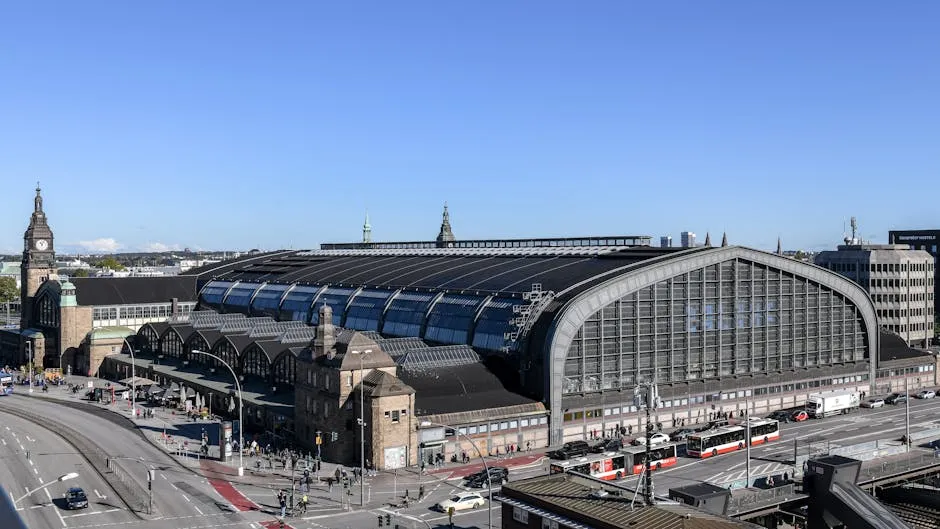
Overview of Human Trafficking in Guatemala
Human trafficking is another dark facet of Guatemala’s crime landscape. The country serves as a source, transit, and destination for trafficking, particularly affecting women and children. Disturbingly, it’s estimated that three women and girls per 100,000 are victims of human trafficking. This figure may be just the tip of the iceberg due to underreporting.
Many victims are lured into trafficking under false pretenses, often promising employment or a better life. However, they end up trapped in exploitative situations, including forced labor and sexual exploitation. Vulnerabilities stem from socio-economic factors like poverty and lack of education, leaving many susceptible to traffickers’ manipulation.
The Guatemalan government, along with NGOs, has taken steps to combat this issue. Initiatives include awareness campaigns and legislative reforms aimed at protecting vulnerable populations. However, the effectiveness of these measures is often hampered by corruption and lack of resources.
Community-driven efforts are also crucial. NGOs play a vital role in providing support and resources for victims. They work tirelessly to raise awareness and educate communities about the risks associated with human trafficking.
Despite these challenges, progress is being made. Increased collaboration between government agencies and NGOs has led to more rescues and support for victims. Yet, there’s still a long way to go. The battle against human trafficking in Guatemala requires continued vigilance and commitment from all sectors of society.

Vulnerabilities and Prevention Efforts
Guatemala faces significant challenges in combating human trafficking. Vulnerable populations, particularly women and children, are at high risk. The government and NGOs are working together to address these vulnerabilities through prevention efforts.
One key aspect is raising awareness about the dangers of trafficking. Education campaigns aim to inform communities about the signs of trafficking and the tactics used by traffickers. By empowering individuals with knowledge, they become more resilient against exploitation.
Another important effort is the strengthening of legal frameworks. The government has enacted laws targeting human trafficking, but enforcement remains a challenge. Corruption within law enforcement can hinder efforts to protect victims and prosecute offenders.
NGOs play a crucial role in prevention as well. They provide resources and support for at-risk communities. Programs aimed at economic empowerment help reduce vulnerability by offering skills training and job opportunities.
In summary, while Guatemala faces significant challenges regarding human trafficking, concerted efforts by the government and NGOs create a foundation for progress. Raising awareness, strengthening legal frameworks, and providing support are vital steps toward combating this issue.
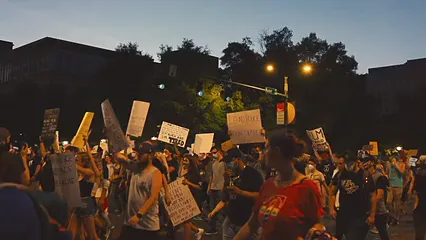
Gang Violence and Street Crime
Street Gangs: Mara Salvatrucha and 18th Street Gang
Gang violence, particularly from groups like Mara Salvatrucha (MS-13) and the 18th Street Gang, shapes crime rates in Guatemala. These gangs have a profound influence, especially on youth. Many young people see gang affiliation as a way to gain identity and belonging. The allure of camaraderie can be strong, particularly in neighborhoods plagued by poverty and violence.
These gangs exacerbate crime rates significantly. They engage in various criminal activities, including extortion, drug trafficking, and violence. The youth, often feeling disenfranchised, are more likely to join gangs for protection or financial gain. This cycle of violence and crime can feel inescapable for many families.
The community impact is devastating. Families are ripped apart by violence, and neighborhoods become unsafe. Streets that should represent a safe haven instead become battlegrounds. The fear of gang violence leads to isolation and mistrust among residents, further eroding the social fabric.
Moreover, the presence of gangs creates an environment where violence is normalized. Young people grow up witnessing brutality, which can desensitize them to violence and crime. This normalization perpetuates the cycle, making it difficult to break free from gang influence.
Efforts to combat gang violence often involve community outreach and youth programs. These initiatives aim to provide alternatives to gang life, offering education and resources. However, the challenge remains formidable, given the deep roots of gang culture in society.

If you’re looking for a way to keep your valuables safe from potential theft, consider investing in a Smart Lock for Doors. This innovative gadget not only provides security but also offers convenience, allowing you to control access to your home right from your smartphone!
In conclusion, the influence of street gangs in Guatemala is profound. They contribute significantly to crime rates and hold a powerful sway over youth. Addressing gang violence requires a comprehensive approach, focusing on community support and education to break the cycle of crime.
Mob Violence and Vigilante Justice
Prevalence of Lynching and Vigilante Actions: In Guatemala, mob violence has become a chilling response to crime, emerging from a deep-seated distrust in law enforcement. With reports of up to 30 lynchings monthly, communities often take justice into their own hands. Why? Many citizens believe the police are ineffective or corrupt. This perception grows when 97% of homicides remain unsolved, leaving victims’ families in despair.
When the police fail to protect, people feel cornered. Vigilante justice appears as a desperate measure, often targeting individuals accused of theft or violence. The lack of timely justice fuels this practice, creating a dangerous cycle. Those accused rarely get a chance to defend themselves, leading to tragic consequences.
The roots of this mob mentality can be traced back to the legacy of the civil war. Years of institutional violence have led to deep mistrust in authority figures. As a result, some Guatemalans view mob justice as a more viable option than waiting for a corrupt or incompetent system to act. This alarming trend not only perpetuates violence but also erodes the very fabric of society, making it harder to build a safer, more just environment for everyone.
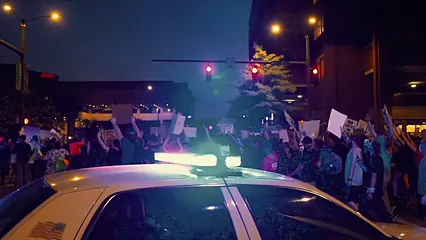
Migration and Its Relationship to Crime
Youth Migration Trends
Statistics on Migration: The specter of crime looms large over Guatemala, driving many young people to migrate to the United States. In recent years, the surge in unaccompanied minors making this perilous journey has raised alarm bells. In 2014, the flow of child migrants from Guatemala peaked, reflecting the urgency of fleeing violence and instability. According to the U.S. Customs and Border Protection, thousands of Guatemalan children crossed the border annually, seeking safety and opportunity.
Underlying Causes: Several socio-economic factors drive this migration. Poverty is a significant catalyst; approximately 29.1% of the population lives in extreme poverty, surviving on less than $2 a day. The lack of job opportunities and educational resources leaves many youth feeling hopeless. The allure of a better life in the U.S. becomes irresistible when faced with daily violence and limited prospects.
Additionally, gang violence plays a pivotal role. Youth are often targeted by gangs for recruitment or extortion. The fear of violence, coupled with the desire for a brighter future, pushes many to undertake the dangerous journey north. Unfortunately, the consequences of this migration extend beyond the individual.

Impact on Families and Communities
Emotional and Economic Effects: The emotional toll on families left behind is profound. Parents often grapple with feelings of guilt and helplessness when their children leave in search of a safer life. For many, the absence of a child creates a void that is impossible to fill, leading to long-term psychological effects.
Economically, communities suffer as well. The migration of youth often removes vital contributors to local economies. Families that remain may experience financial strain, relying on remittances from abroad. While these funds can uplift families, they also create dependency, hindering local economic growth.
Moreover, the broader community feels the impact. As young people leave, neighborhoods lose their vitality and potential for development. This cycle of migration reinforces a culture of despair, making it crucial for policymakers to address the root causes of crime and migration in Guatemala.
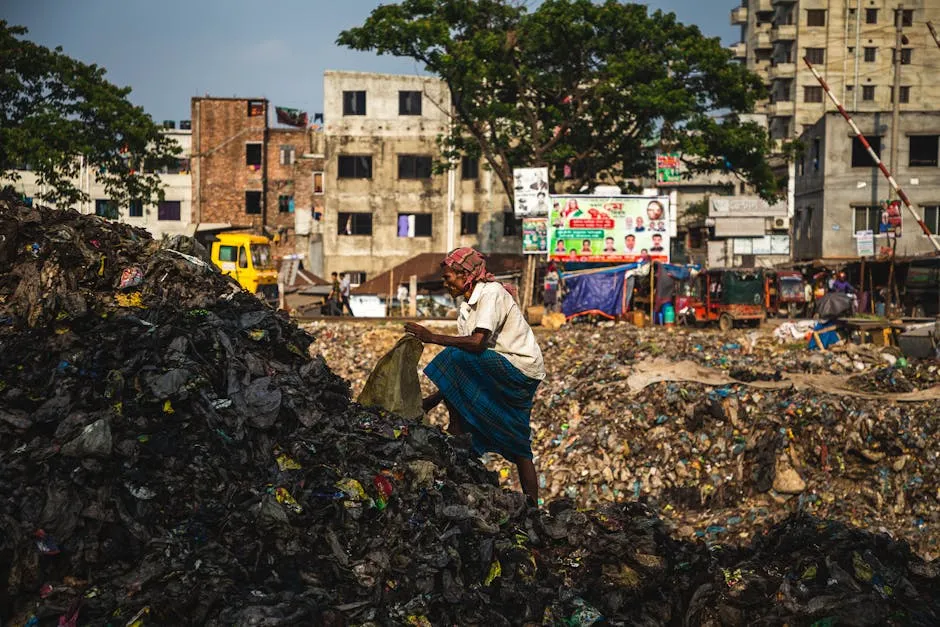
FAQs
What are the main types of crime in Guatemala?
Guatemala faces a variety of prevalent crimes. Theft, violent crime, and organized crime dominate the landscape. Street gangs, such as Mara Salvatrucha and the 18th Street Gang, contribute significantly to violence and extortion. Additionally, drug trafficking remains a major issue, compounding the challenges faced by law enforcement.
Is Guatemala safe for tourists?
Safety considerations for travelers are crucial. While many tourist areas are relatively safe, violent crime can occur. It’s essential to stay vigilant, avoid displaying valuables, and travel in groups whenever possible. Understanding local safety conditions will enhance your experience.
How is the Guatemalan government addressing crime?
The Guatemalan government has implemented various initiatives to combat crime. These include community policing efforts, international collaborations, and reforms aimed at strengthening law enforcement. However, corruption and resource limitations continue to pose challenges.
What can individuals do to stay safe in Guatemala?
Practical safety tips include avoiding public transportation and displaying valuables, staying informed about local news, and using reputable taxi services. Awareness of your surroundings and planning ahead will help mitigate risks associated with crime.
Please let us know what you think about our content by leaving a comment down below!
Thank you for reading till here 🙂
For those who want to keep their devices charged while on the go, a Portable Phone Charger is an absolute must-have. You never know when you’ll need a little extra juice!
For those interested in learning more about the topic, you can read an introduction to statistical learning with python book length.
All images from Pexels

